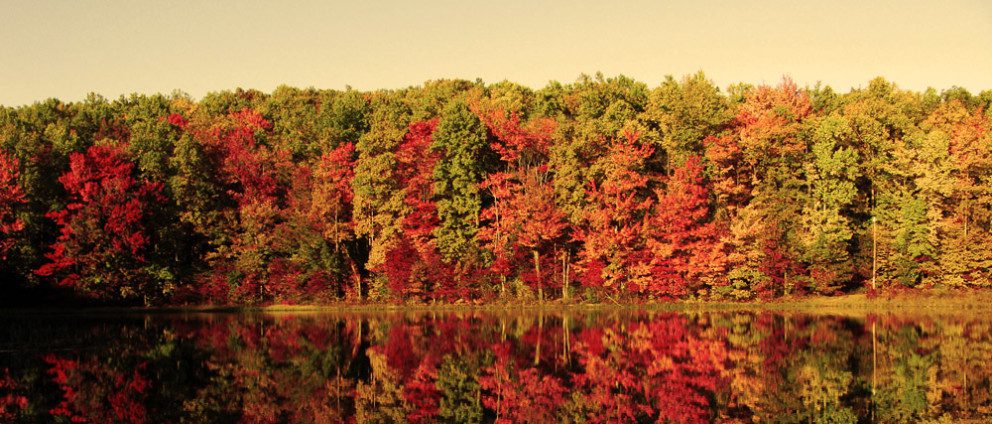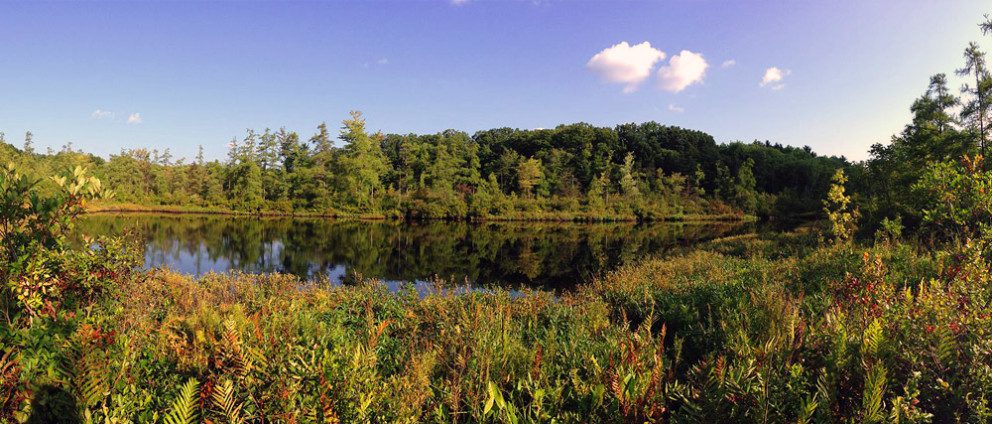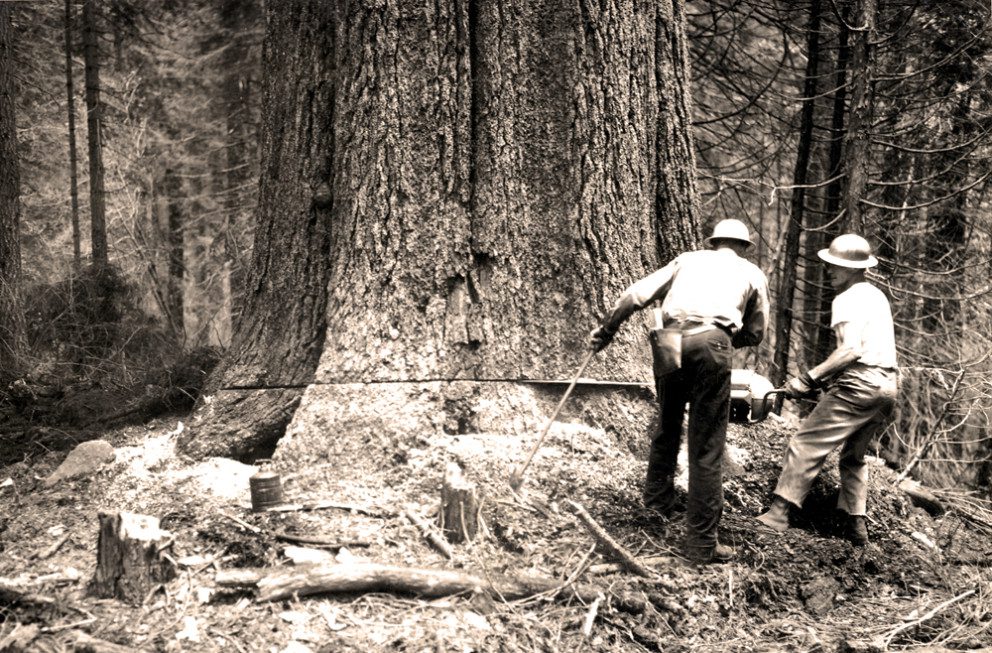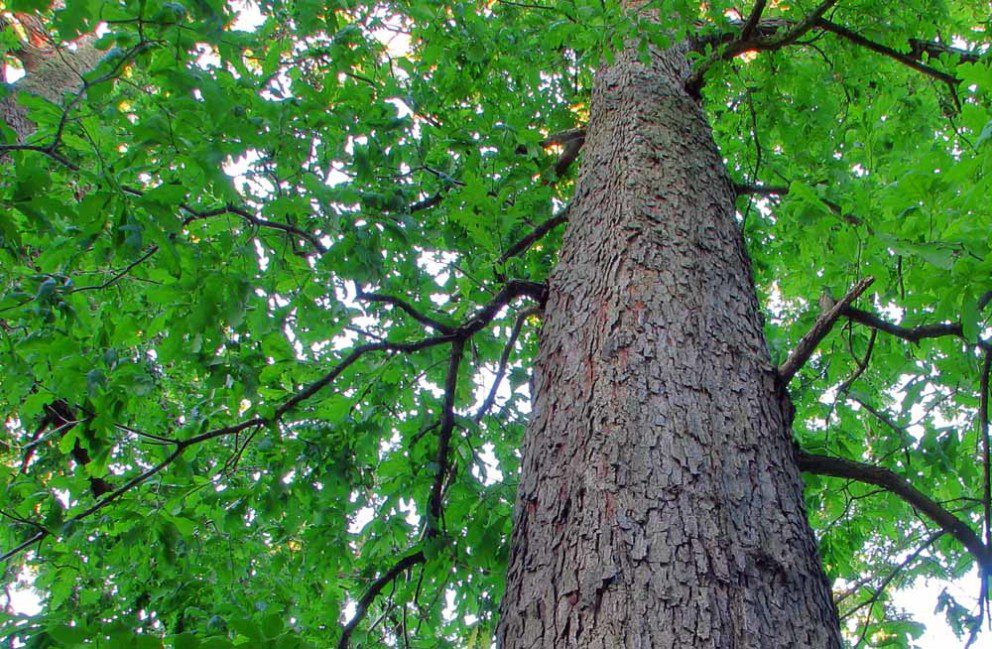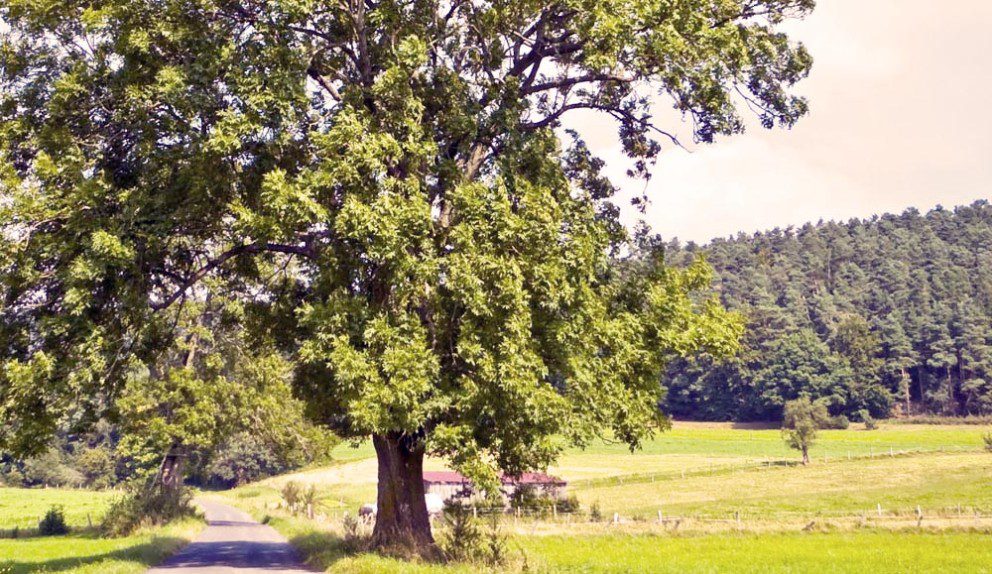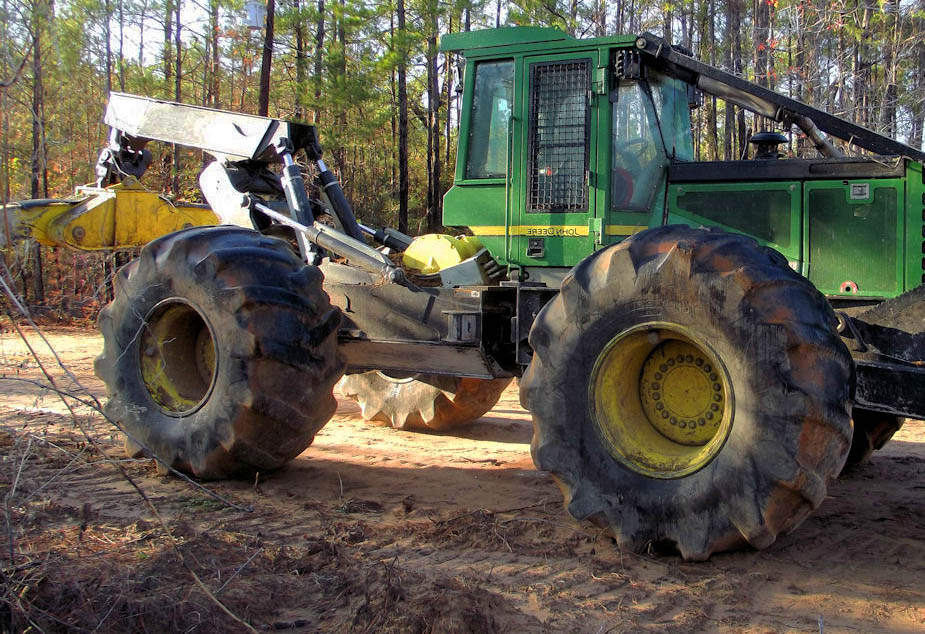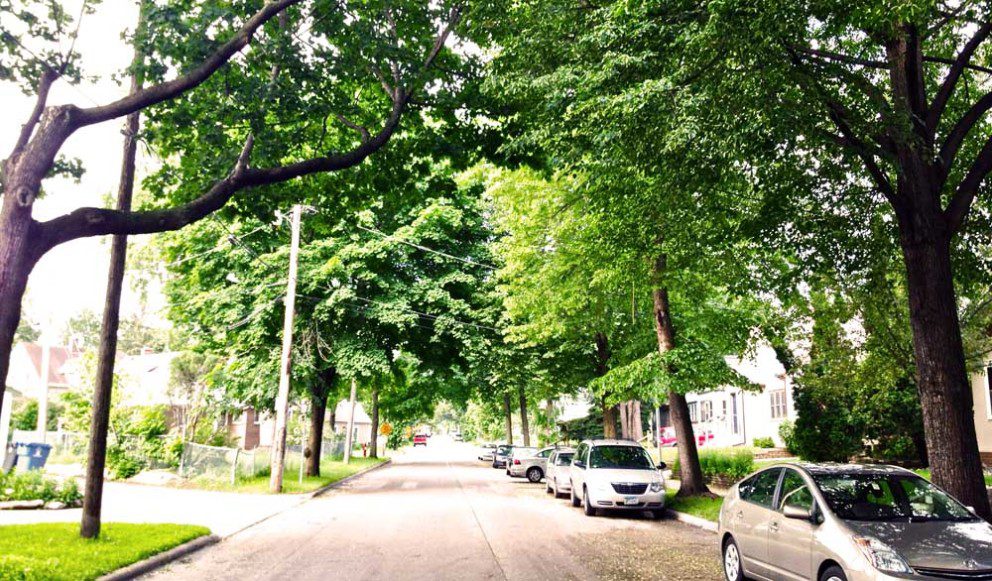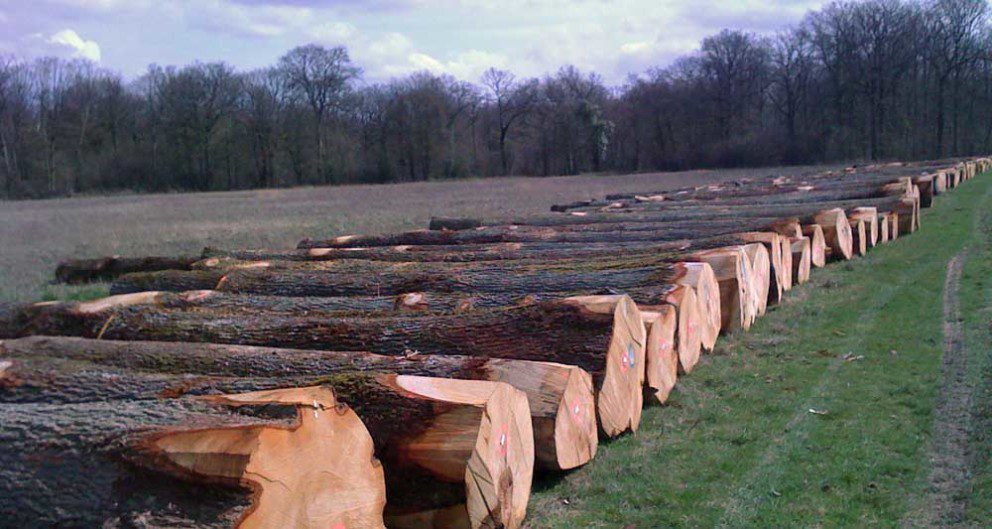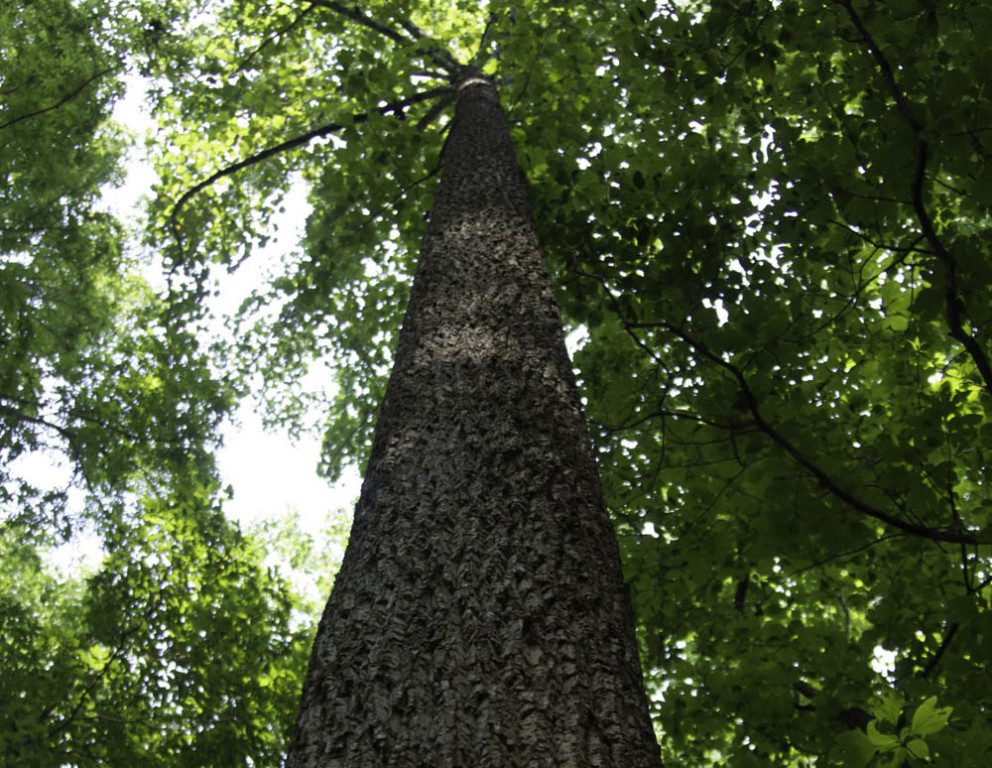While there are many possible objectives to consider when harvesting a tract of timber, stand improvement is among the most important. At Timber Works, we know that bad trees produce genetically flawed seeds and therefore lower quality trees. Harvesting high value timber is essential to the success of any harvesting operation but it is often just as important to remove some poorer quality trees to ensure the overall quality of a stand improves over time. Read more »
Hardwood Timber Price Market Report 2014
As the American economy gains momentum, the recovery of hardwood timber prices continued through 2013.
Further, there is a great deal of evidence to expect a strong timber market to continue into 2014 as US housing starts hit levels not seen in over 6 years. Read more »
Logging Equipment and Processes Part 2
There are numerous methods employed when harvesting standing timber. Each method of harvest is best suited to a specific range of forest management goals and land use plans, so determining how to harvest a tract of timber has direct consequences on the future of your forest. Read more »
Logging Equipment and Processes Part 1
The equipment, workflow and equipment utilized by whatever logging company you choose to harvest your standing timber will have direct influences on the condition in which your timber land is left. While clear cuts are acceptable to many large forest-management plans, they are inappropriate to smaller land owners almost every time. We advocate selective, mixed-age siviculture to properly manage a forest. Read more »
Selling Your Timber Without Regrets
As a timber owner, educating yourself regarding the harvest process and the ins and outs of conducting a logging job is paramount to ensuring a profitable, equitable timber harvest. While most logging companies are honest and capable, some attempt to take advantage of land owners through ambiguous or misleading contractual clauses and dishonest language. Arm yourself with knowledge to ensure your timber harvest is successful! Read more »
Ash Timber Prices Improve
Ash trees have suffered a decline in there value over the past several years. This decline has been driven largely by the supply glut created from pre-emptive harvesting in hopes of removing the trees before they are lost to the Emerald Ash Borer invasive beetle. Read more »
Liability, Insurance and Logging
Harvesting timber with chainsaws and heavy equipment is among the most dangerous jobs around. Maintaining strict safety standards as well as complete liability insurances and workers compensation coverage is imperitive to protect both our crews and company as well as the financial interests of the landowners we harvest timber on behalf of. Read more »
Selling Yard Trees
While logging companies are rarely interested in urban timber (a.k.a. yard trees), there are strong reasons for this stance. Urban trees are often low in quality and very prone to containing foreign objects. Further, the cost of their removal is prohibitive unless there is a fairly significant number of them. Read more »
Stumpage Bids vs Cutting Timber on the Shares
There are two primary methods to conduct a timber harvest—buying on the stump and cutting on the shares. While there are pros and cons to each method, it is essential to understand the differences in order to make an informed decision on selling your standing timber. Read more »
What Makes A Tree Veneer Quality
If you have a mature stand of timber, there is a good chance that many of your trees may in fact be of veneer quality. While no harvest will exceed more than about 15% veneer, there are a number of easy ways for you to check the quality of your trees. Read more »

